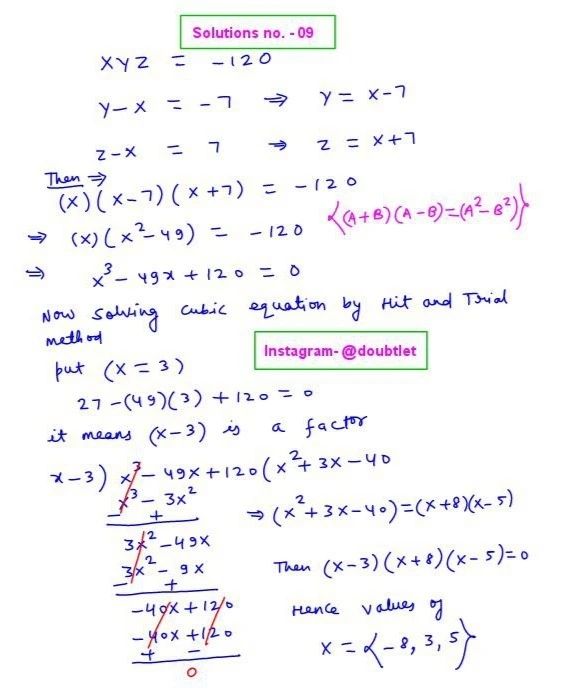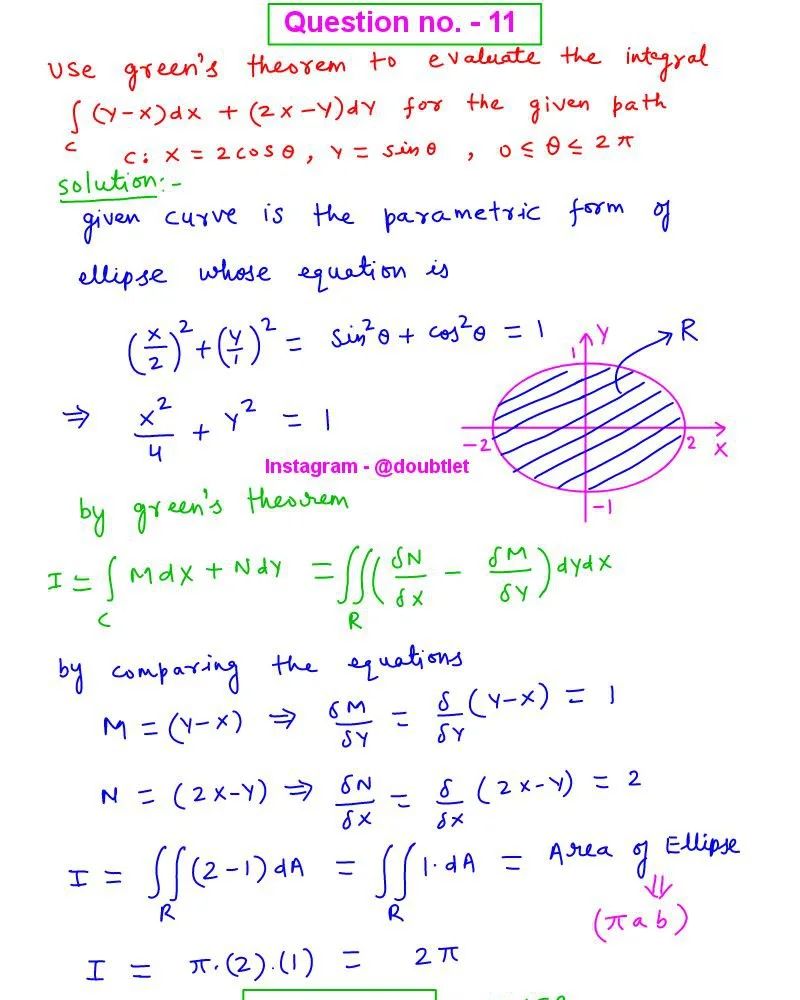
Neetesh Kumar | January 2, 2025
Calculus Homework Help
This is the solution to Math 1c
Assignment: 10.4 Question Number 12
Contact me if you need help with Homework, Assignments, Tutoring Sessions, or Exams for STEM subjects.
You can see our Testimonials or Vouches from here of the previous works I have done.
Get Homework Help
Step-by-step solution:
To determine the area of the region common to both polar curves r=4+cos(θ) and r=4−cos(θ), follow these steps:
1. Find the Points of Intersection:
Set the two equations equal to find the angles θ where the curves intersect:
4+cos(θ)=4−cos(θ)
Solving for θ:
2cos(θ)=0cos(θ)=0
Thus, the points of intersection occur at:
θ=2π,23π
2. Determine the Common Area:
The area common to both curves is where r is less than or equal to both 4+cos(θ) and 4−cos(θ). This can be expressed as:
r≤min(4+cos(θ),4−cos(θ))=4−∣cos(θ)∣
3. Set Up the Integral for the Area:
The area A in polar coordinates is given by:
A=21∫02π[4−∣cos(θ)∣]2dθ
Expanding the integrand:
[4−∣cos(θ)∣]2=16−8∣cos(θ)∣+cos2(θ)
Thus, the integral becomes:
A=21∫02π(16−8∣cos(θ)∣+cos2(θ))dθ
4. Compute the Integral:
Evaluate each term separately:
-
Integral of 16:
∫02π16dθ=16×2π=32π
-
Integral of 8∣cos(θ)∣:
∫02π8∣cos(θ)∣dθ=8×4=32
*(Since ∫02π∣cos(θ)∣dθ=4)
-
Integral of cos2(θ):
∫02πcos2(θ)dθ=π
(Using the identity cos2(θ)=21+cos(2θ))
Combining these results:
A=21(32π−32+π)=21(33π−32)=233π−32
Final Answer:
The area of the region that lies inside both curves r=4+cos(θ) and r=4−cos(θ) is:
A=233π−32square units
Please comment below if you find any error in this solution.
If this solution helps, then please share this with your friends.
Please subscribe to my
Youtube channel for video solutions to similar questions.
Keep Smiling :-)















Leave a comment